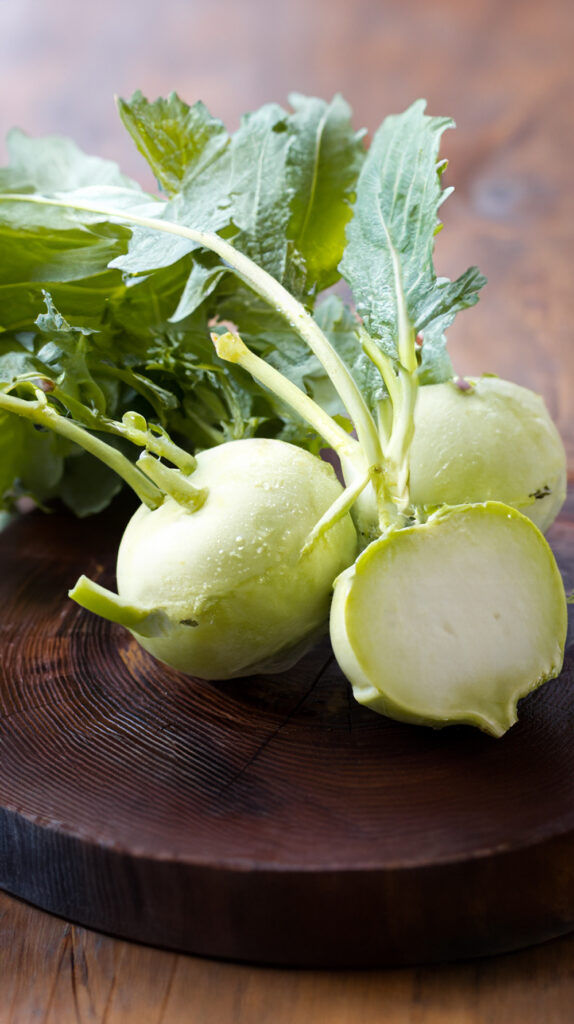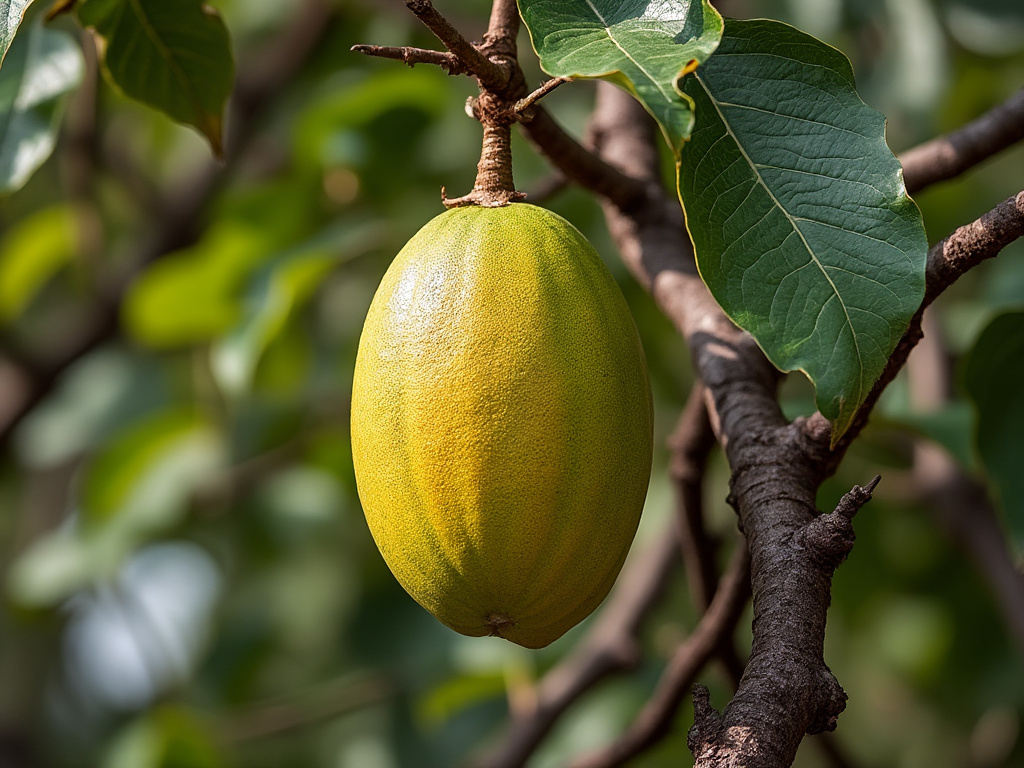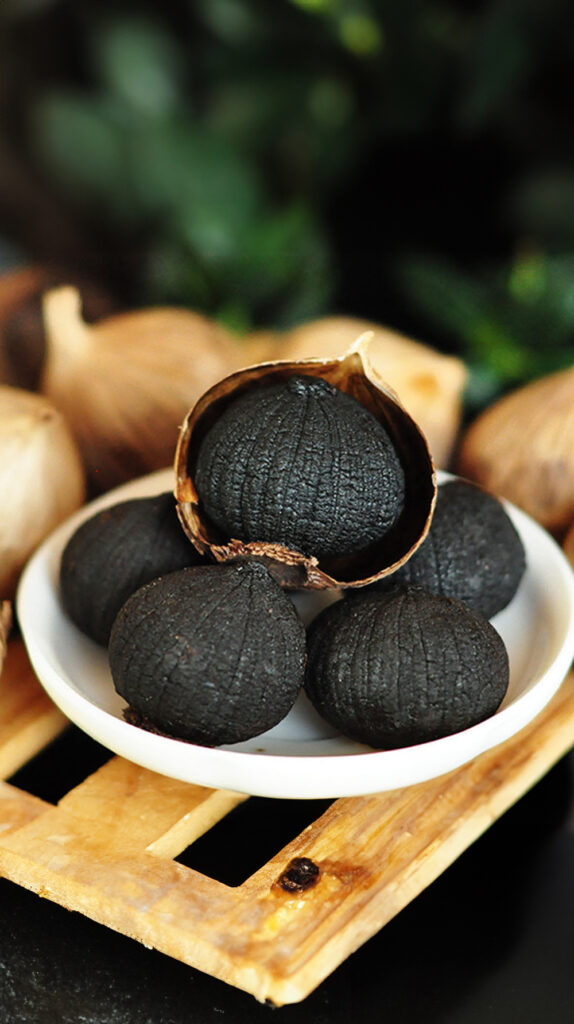The world of nutrition is full of surprises, and some of the healthiest foods often fly under the radar. While spinach, kale, and blueberries get all the love, there’s a whole world of hidden superfoods just waiting to take your health to the next level. From nutrient-dense leaves to antioxidant-rich veggies, this guide explores five underrated yet incredibly powerful fruits and vegetables that deserve a spot in your diet. Let’s dive into the benefits of Moringa leaf, Kohlrabi, Baobab fruit, Black Garlic, and Purple Sweet Potatoes.
Introduction: What Are Hidden Superfoods?
We all know that superfoods are nutritional powerhouses that provide multiple health benefits. While common superfoods like kale, quinoa, and blueberries are celebrated for their nutrient density, there are several less-known fruits and vegetables that deserve equal, if not more, attention. In this guide, we’re diving deep into five unique foods that offer exceptional health benefits but have managed to stay out of the mainstream spotlight.
These “hidden” superfoods not only provide essential vitamins and minerals but also contain potent antioxidants, immune-boosting properties, and even anti-aging benefits. Ready to discover something new? Let’s get started!
1. Moringa Leaf: The Miracle Tree
What is Moringa?
Moringa oleifera, often referred to as the “miracle tree,” is native to the Indian subcontinent and parts of Africa. Known for its long, slender pods, moringa has been used in traditional medicine for centuries. But it’s the leaves that hold the true magic. Packed with vitamins, minerals, and essential amino acids, moringa is a nutritional powerhouse.
Nutrient Profile and Health Benefits
Moringa leaves contain:
- 7 times more vitamin C than oranges
- 15 times more potassium than bananas
- 4 times more calcium than milk
- 3 times more iron than spinach
- 2 times the protein of yogurt
But the real magic lies in its antioxidants. Moringa is rich in quercetin and chlorogenic acid, two potent compounds that help lower blood pressure and stabilize blood sugar levels. It’s also high in vitamins A, B1, B2, and E, making it great for skin health, immunity, and overall wellness.
How to Incorporate Moringa into Your Diet
You can add dried moringa powder to smoothies, soups, or even tea. Fresh moringa leaves can be stir-fried, added to salads, or cooked like spinach. The subtle, earthy flavor blends well with many dishes, making it easy to incorporate into your meals.

2. Kohlrabi: The Immune-Boosting Veggie
What is Kohlrabi?
Kohlrabi, also known as “German turnip,” is a bulbous vegetable that belongs to the cabbage family. Although it’s not a well-known veggie, kohlrabi is packed with vitamins, minerals, and health benefits. It’s crunchy like an apple and has a mild, slightly sweet taste that makes it a versatile addition to your diet.
Nutrient Profile and Health Benefits
Kohlrabi is loaded with:
- Vitamin C: Just one cup of kohlrabi provides 140% of your daily vitamin C needs.
- Fiber: Rich in dietary fiber, kohlrabi supports digestion and gut health.
- Potassium: This essential mineral helps regulate blood pressure and heart health.
- Antioxidants: Kohlrabi contains anthocyanins and glucosinolates, compounds that have been linked to cancer prevention and reduced inflammation.
Studies have shown that kohlrabi’s high vitamin C content helps boost immune function and protect the body from oxidative stress. Its fiber content also aids in healthy digestion, making it a fantastic addition to any meal.
How to Incorporate Kohlrabi into Your Diet
Kohlrabi can be eaten raw, roasted, sautéed, or added to salads. Try slicing it thin and using it as a crunchy alternative to crackers or mix it into stir-fries for a subtle hint of sweetness.

3. Baobab Fruit: The Vitamin C Powerhouse
What is Baobab?
Baobab is an ancient African fruit that has been nicknamed “The Tree of Life” due to its incredible longevity and nutrient profile. The fruit has a tangy, citrus-like flavor and is often dried and ground into a fine powder.
Nutrient Profile and Health Benefits
Baobab fruit boasts:
- 6 times more vitamin C than oranges
- 2 times the calcium of milk
- A rich source of soluble fiber
- High levels of antioxidants
Baobab is an exceptional source of vitamin C, which is essential for a healthy immune system, collagen production, and antioxidant protection. It’s also a prebiotic, promoting gut health by feeding the good bacteria in your digestive tract. The combination of fiber, calcium, and antioxidants makes baobab a true nutritional powerhouse.
How to Incorporate Baobab into Your Diet
Baobab powder can be mixed into smoothies, juices, and yogurt bowls. Its tangy flavor makes it a great addition to dressings, marinades, and even baked goods. With its unique taste and incredible health benefits, baobab can easily become a staple in your pantry.

4. Black Garlic: The Fermented Superfood
What is Black Garlic?
Black garlic is simply regular garlic that has been aged under controlled conditions of heat and humidity. This process turns the cloves black and gives them a sweet, savory taste with a soft texture. But it’s not just about the taste—black garlic packs twice the health benefits of regular garlic.
Nutrient Profile and Health Benefits
Black garlic is rich in:
- Antioxidants: Twice as much as regular garlic, protecting cells from damage and reducing inflammation.
- S-Allyl cysteine: A compound that helps lower cholesterol and improve cardiovascular health.
- Immune-boosting properties: Black garlic’s antioxidants and sulfur compounds support a strong immune system and help fight infections.
Research shows that black garlic is effective in reducing blood pressure, improving cholesterol levels, and supporting heart health. Its immune-boosting properties also make it a great choice for those looking to stay healthy during cold and flu season.
How to Incorporate Black Garlic into Your Diet
The sweet and tangy flavor of black garlic pairs well with various dishes. Use it to make sauces, add it to pasta dishes, or spread it on bread for a savory snack. Its unique taste and texture make it a versatile ingredient in both savory and sweet recipes.

5. Purple Sweet Potatoes: The Antioxidant-Rich Cousin
What are Purple Sweet Potatoes?
Purple sweet potatoes, sometimes referred to as Okinawan sweet potatoes, are vibrant purple root vegetables that are not only beautiful but also incredibly nutritious. Unlike their orange cousins, purple sweet potatoes are rich in anthocyanins—the same powerful antioxidants found in blueberries.
Nutrient Profile and Health Benefits
Purple sweet potatoes are packed with:
- Anthocyanins: These antioxidants are linked to reduced inflammation and improved heart health.
- Fiber: Purple sweet potatoes are an excellent source of dietary fiber, supporting healthy digestion.
- Vitamin A: Like orange sweet potatoes, the purple variety is high in beta-carotene, which is essential for eye health and immune function.
The deep purple color indicates a high concentration of anthocyanins, which have been shown to protect against chronic diseases like heart disease and cancer. These antioxidants also promote brain health and may improve cognitive function.
How to Incorporate Purple Sweet Potatoes into Your Diet
Purple sweet potatoes can be roasted, mashed, or turned into chips. Their sweet, nutty flavor pairs well with both savory and sweet dishes. Try baking them into desserts for a pop of color or making a creamy purple sweet potato mash for a vibrant side dish.

Conclusion: Embrace These Hidden Superfoods for Better Health
The world of nutrition is vast, and there’s so much more to discover beyond the typical superfoods we hear about every day. Moringa leaf, kohlrabi, baobab fruit, black garlic, and purple sweet potatoes are just a few examples of nutrient-dense foods that can transform your diet and elevate your health.
By incorporating these hidden superfoods into your meals, you’ll not only diversify your diet but also reap the benefits of their unique nutrient profiles. Whether you’re looking to boost your immune system, improve digestion, or support heart health, these under-the-radar powerhouses have you covered.
FAQs about Hidden Superfoods
Q: Are hidden superfoods better than common superfoods like kale or quinoa?
A: Hidden superfoods are not necessarily “better,” but they offer different nutrient profiles and benefits. Incorporating a variety of foods into your diet is the key to optimal health, so don’t be afraid to mix in some of these lesser-known options alongside your favorites.
Q: Where can I buy hidden superfoods like baobab or black garlic?
A: Many health food stores and online retailers carry these superfoods. Look for reputable brands that prioritize quality and sustainability.
Q: Can I grow any of these hidden superfoods at home?
A: Depending on your location, you can grow kohlrabi and even moringa in your garden. These plants are relatively low-maintenance and can thrive in the right conditions.
Optimize Your Health with a Diverse Diet
Embracing a diverse range of foods is essential for good health. By including hidden superfoods like Moringa leaf, kohlrabi, baobab fruit, black garlic, and purple sweet potatoes in your diet, you’ll benefit from a variety of nutrients, flavors, and textures. Each of these foods offers unique health benefits that can help you achieve your wellness goals.
So, the next time you’re planning your meals or grocery shopping, keep these hidden gems in mind. Not only will you be supporting your health, but you’ll also enjoy new and exciting flavors that keep your meals interesting.
Final Thoughts: Take the Next Step in Your Wellness Journey
Adding hidden superfoods to your diet is a simple yet powerful way to enhance your overall health. From boosting immunity with kohlrabi to supporting digestion with baobab fruit, each of these foods plays a role in optimizing your wellness. So go ahead and give them a try—you might just find a new favorite!
If you enjoyed this article, be sure to share it with friends and family. Let’s spread the word about these incredible hidden superfoods and inspire others to explore the world of nutrition beyond the basics.